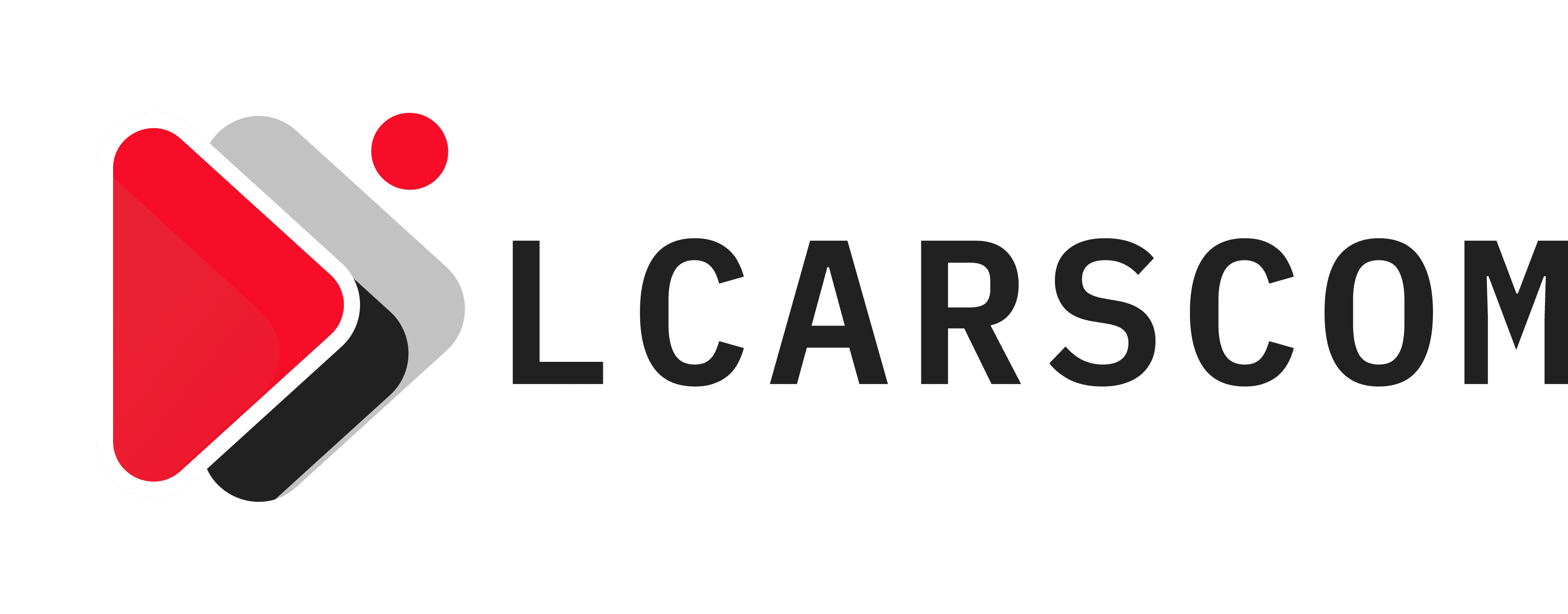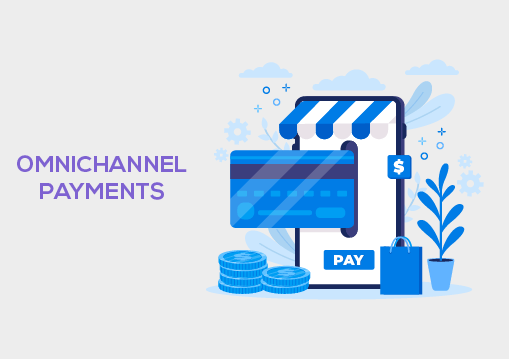This article is undoubtedly for you if you wish to develop your own omni channel payments gateway solution. It offers all of the fundamental recommendations for putting a payment gateway solution into practice. Sadly, most consumers need to realize how difficult it may be to set up their own payment gateway solutions. With the help of these recommendations, we aim to make it easier for enterprises to implement gateways.
PCI Compliance
According to PCI DSS compliance rules, you must maintain the security of sensitive cardholder data as a business taking credit card payments.
The main requirements of the most recent PCI compliance standard editions are the following.
- Cardholder information (CHD) transmissions are protected using cryptography, and PCI DSS-compliant data centers are used.
- User identity and strict access authentication.
- Physical access to sensitive Cardholder information is restricted.
- System and procedure testing for security.
- The implementation of suitable security policies and initiatives.
Acquiring partnerships
Many potential merchants have the assumption that all they need to accept electronic payments is a payment gateway. In truth, an acquiring bank partnership—rather than a gateway partnership—is the most crucial one to create.
An acquiring bank offers a point of entry into the global financial system. It also bears responsibility for your operations and underwrites you as a merchant.
Certifications
Your intended qualities will determine the certification steps you must follow. These concern the payment types and methods your solution should support.
You should keep in mind that certificates sometimes have ambiguous completion dates and require a lot of effort.
Important omnichannel payment gateway features
There are several gateway products available in the market. Your organization should be able to select the gateway solution that best meets its demands at a reasonable price point. Let us go through the key payment gateway features you may want based on the sort of business you operate.
Card-not-present (CNP) payments
If you have an e-commerce website, a simple online payment feature may suffice. A credit card data storing feature may be required.
Card-present payments
When working with retail organizations or circumstances, card-present payment capability is nearly always required. If you work with these sorts of merchants, you must include the relevant critical elements. EMV payment terminal solutions must be implemented.
Batch file processing
This set of characteristics is handy for utility businesses, insurance providers, and health and fitness clubs. These organizations accept both bill payments and recurring payments. In addition to the above CNP functionalities, subscription-based businesses require batch file processing logic.
Hosted recurring billing
This set of features applies to recurring billing systems. In this part, however, we will discuss the organizations whose system of record should incorporate a billing component.
Sub-merchant management
This capability is crucial for big SaaS or PayFac systems, as well as PSPs. Does your company fall into a similar category? Then, your gateway solution should handle the core merchant lifecycle.
Omni-channel payment gateway implementation: models and strategies
Each of these tasks can be outsourced to an outside party or brought “in-house.” The amount of time, money, effort, and responsibility needed for each model is largely determined by this decision.
In-house developed payment gateway software
For large businesses that do not wish to outsource any of their activities, custom solutions built from scratch are appropriate. If you select this option, you have complete control over all procedures and development.
An open-source payment gateway system that may be licensed.
Implementing a licensed payment gateway solution is far easier than doing it with a bespoke solution. Additionally, it is less expensive and enables you to give the license provider control over hosting and compliance. You deploy pre-made, commercially available payment gateway software and alter it to meet your unique requirements.
- A white-label branded payment gateway solution
The least expensive option out of all those offered is a white-label branded payment gateway solution.
Additionally, it relates to the lowest levels of accountability and control. When you select a white-label payment gateway, you contract with a third party to construct the gateway infrastructure.Â
Payment Facilitator (PayFac) model
A PayFac is an organization that works on behalf of an acquiring bank to provide customer support to a portfolio of sub-merchants. The capability of a white-label PayFac gateway to automatically handle a sub-merchant lifecycle is an essential characteristic of this type of payment gateway. The process’s fundamental stages are the merchant underwriting and onboarding processes, sub-merchant financing, and payment reconciliation.
Payment-as-service (PaaS)
The PayFac approach needs to be simplified for certain businesses that wish to profit from payment services. These businesses frequently use the PaaS model or payment as a service. PaaS firms contract out infrastructure, development, and operations, while PayFacs maintains internal operations. A bigger PayFac or PSP serves as the parent company for PaaS businesses and so-called white-label PayFacs.


